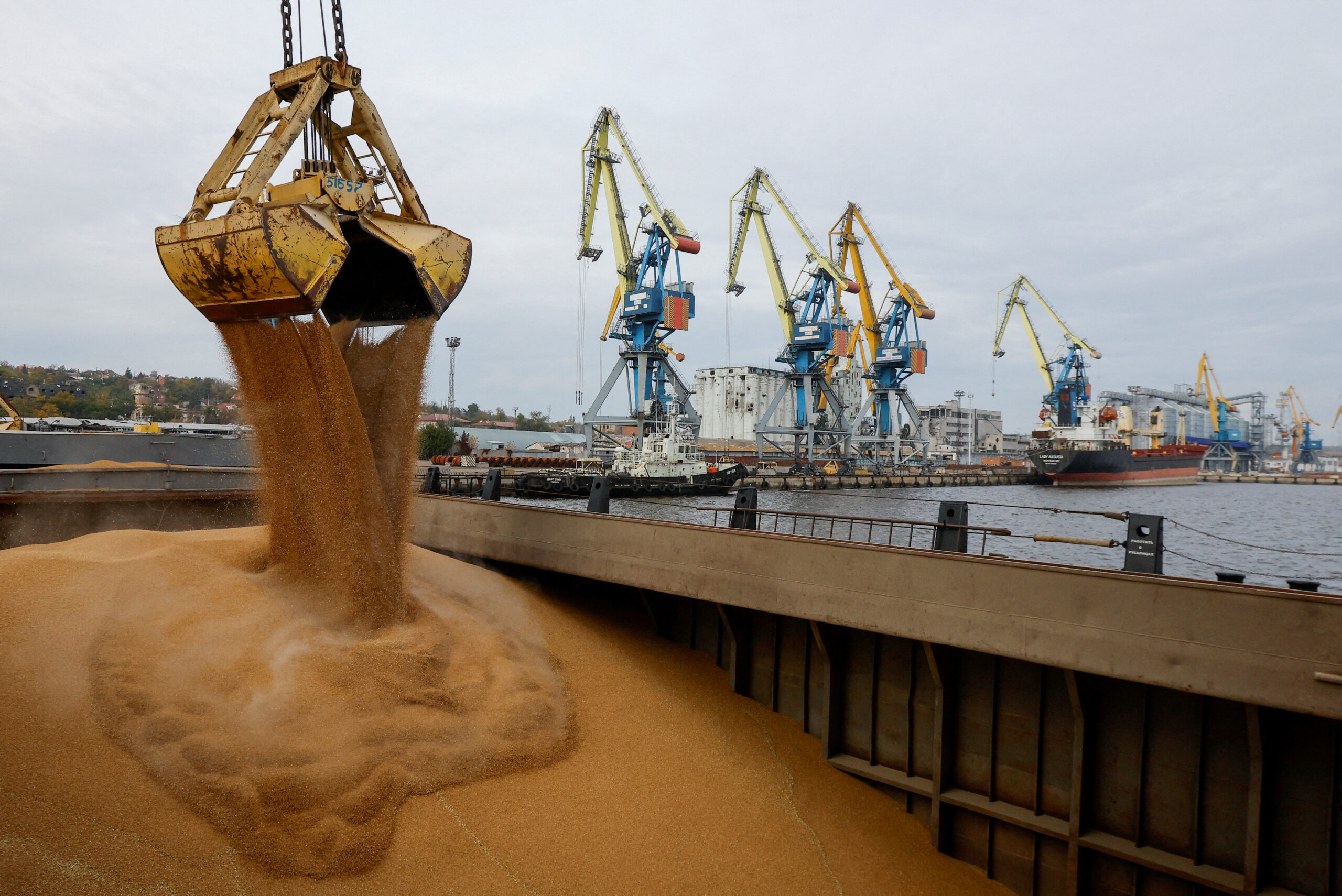The Suez Canal Container Terminal in East Port Said has officially opened a major expansion that adds 2.2 million TEUs of annual capacity, bringing the facility’s total throughput capability to 7 million TEUs.
Egyptian President Abdel Fattah El-Sisi attended the inauguration ceremony for the $500 million upgrade, which includes 955 meters of new quay, 510,000 square meters of yard space, 12 quay cranes, 30 electric rubber-tired gantry cranes, and more than 90 trucks.
The expansion represents a significant infrastructure investment in one of the world’s most strategic maritime corridors. SCCT is one of eight hub terminals selected by APM Terminals to form the backbone of the East-West network operated by A.P. Moller – Maersk and Hapag-Lloyd.
“It is with great pleasure that we celebrate our commitment to Egypt, our partnerships and the dedicated people delivering excellence every day at this terminal,” said Lars Mikael Jensen, Head of Hubs and Ocean Collaboration at APM Terminals. “SCCT provides world-class operations and is a central part of our global network”.
The project prioritized sustainability through the deployment of electric RTGs and investments in battery-electric container handling equipment, renewable energy, and enhanced energy efficiency. APM Terminals aims to achieve net zero emissions by 2040.
Beyond infrastructure improvements, the expansion is creating over 1,000 new jobs and supporting long-term economic growth in the region.
Keld Mosgaard Christensen, Managing Director of SCCT, acknowledged the Egyptian government’s support: “We extend our sincere gratitude to His Excellency President Abdel Fattah El-Sisi, as well as to the distinguished ministers, authorities, and partners whose support has made this achievement possible. This expansion will further strengthen Egypt’s and the region’s trade opportunities”.
The facility’s performance has earned recognition from the World Bank and S&P Global Market Intelligence, which ranked Port Said and SCCT as the third most efficient container port globally and first in the region in 2024.
The terminal has implemented advanced digital planning tools, including digital twins, to optimize operations and ensure schedule reliability across the network.

 Join The Club
Join The Club











